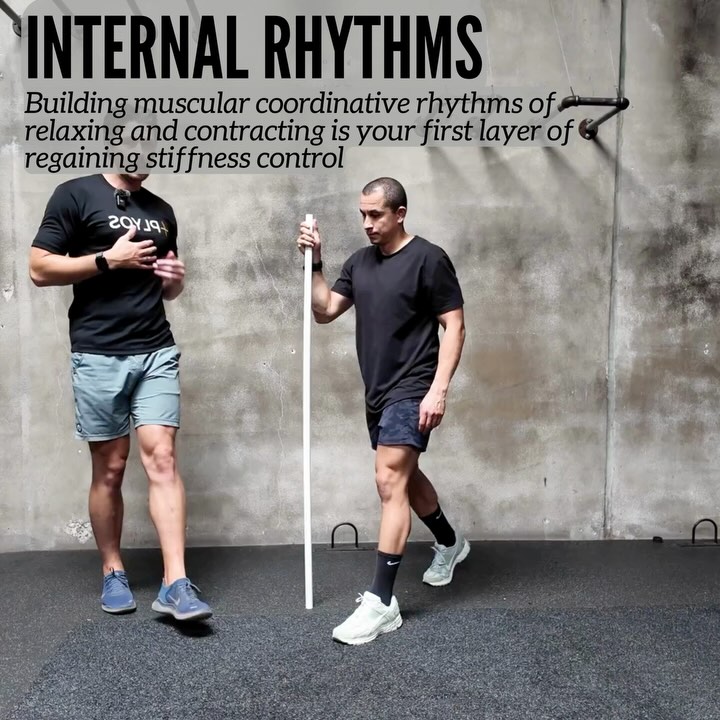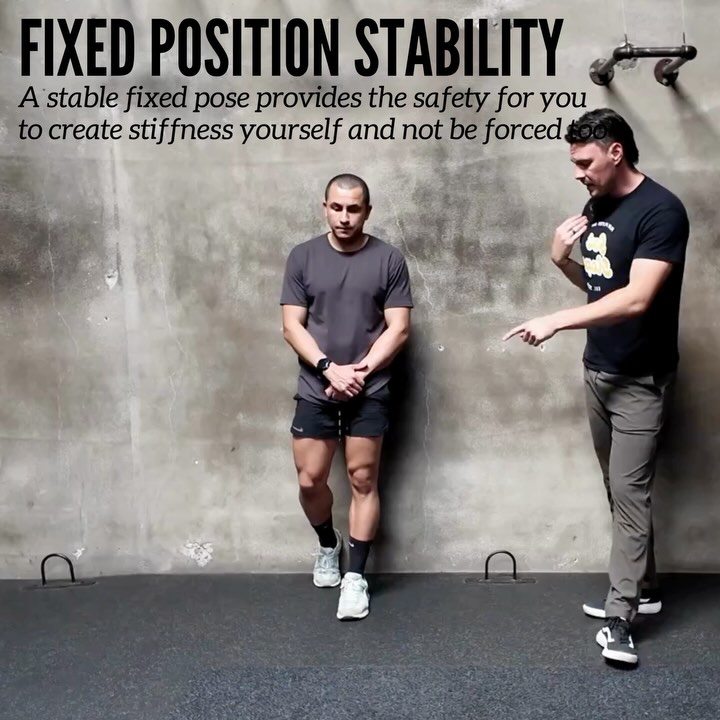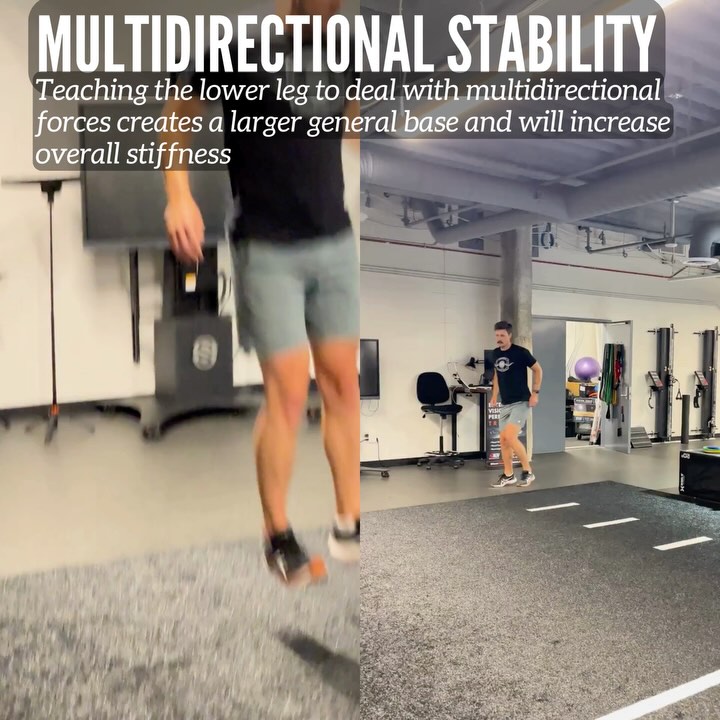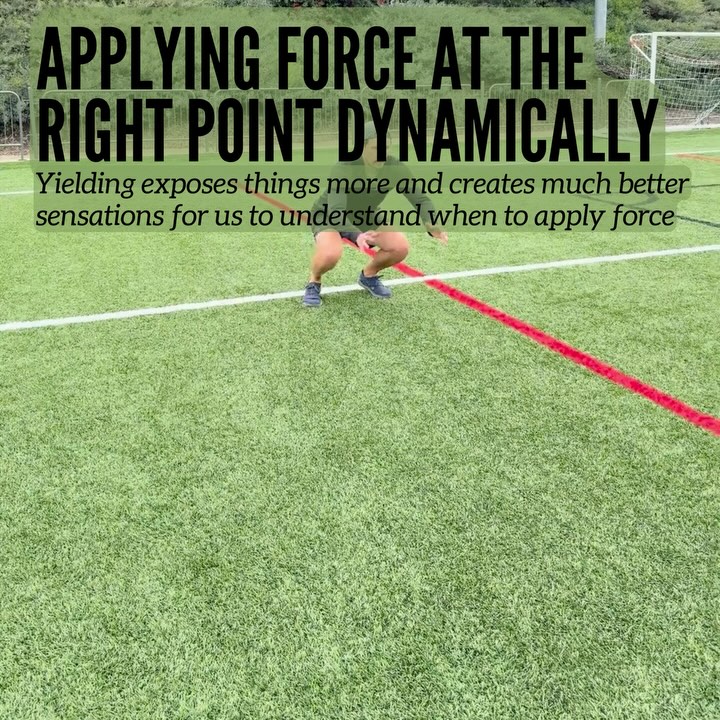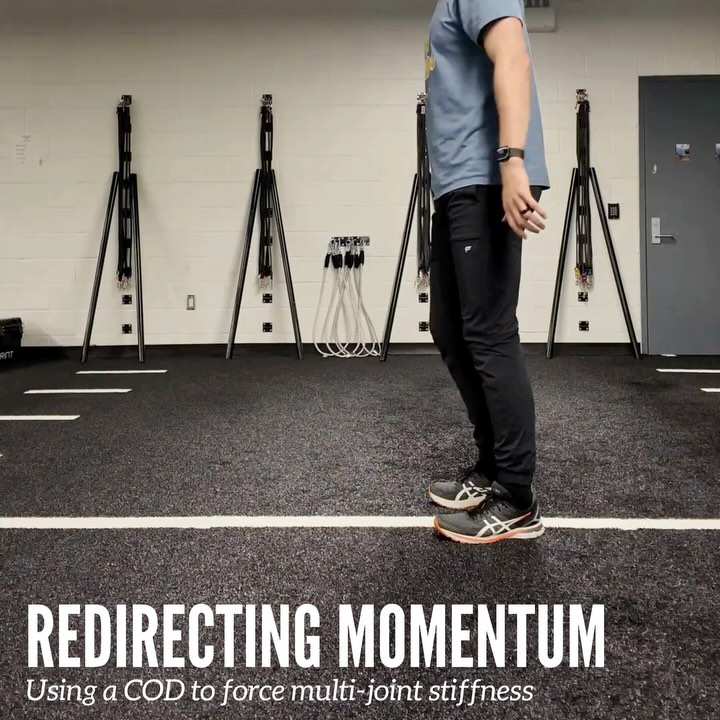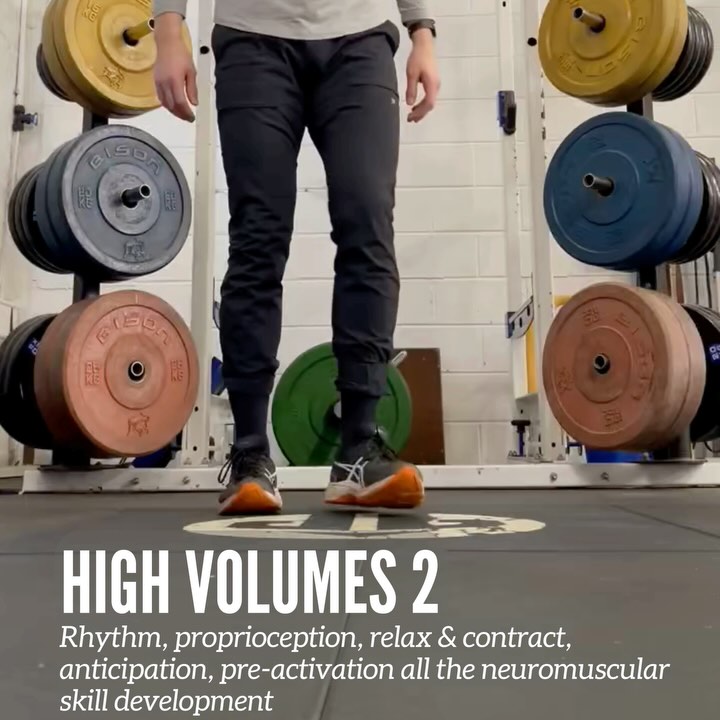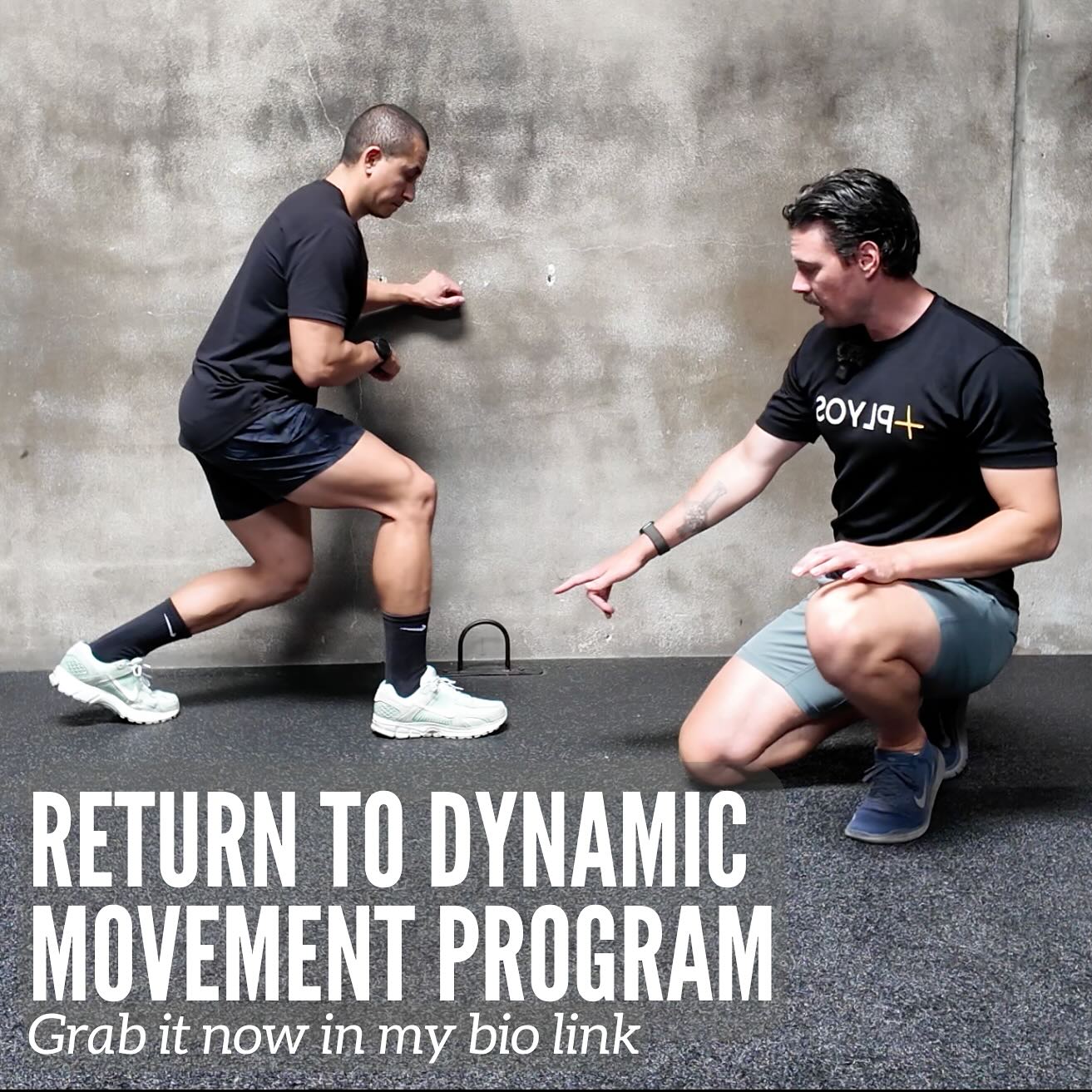Return To Dynamic Movement Boosts Stiffness
Explore how Matt McInnes Watson’s novel plan revives resilience for peak performance now!!
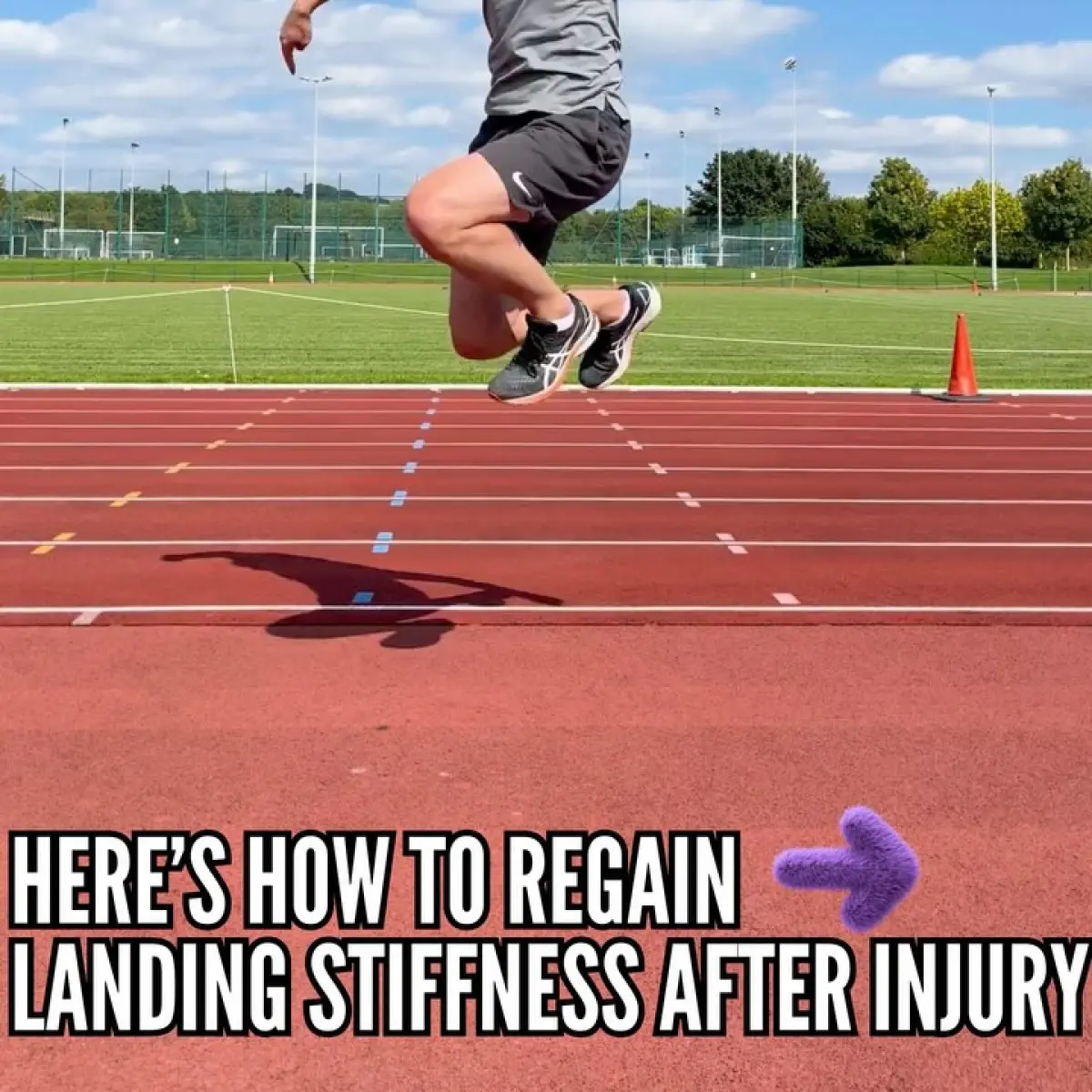
Image: Instagram
In the world of athletic recovery and performance, regaining dynamic stiffness after an injury is a critical milestone. Matt McInnes Watson, known as The Plyo Guy, is leading the charge with his new Return To Dynamic Movement Program. Designed to help athletes and fitness enthusiasts regain strength and stability, this program emphasizes the importance of plyometrics and consistent, high-quality training.
Program Introduction
In his recent Instagram update, Watson captured attention by stating, “Regaining dynamic stiffness post injury.” This immediately resonated with those who have faced setbacks in sports and fitness. His Return To Dynamic Movement Program, now available via the link in his bio and on plusplyos.com, is crafted to provide a comprehensive solution to those struggling to bounce back from injuries. By focusing on plyometric exercises – commonly known as plyos – the program targets the muscles and connective tissues responsible for explosive movement and stability.
Watson’s approach is grounded in years of research and practical experience. As he has shared in prior posts, long-term success in training is not about cramming more volume into every session. Instead, it is about turning up fresh and consistently delivering high-quality work. His previous Instagram posts have highlighted the necessity for both an initial learning phase and subsequent structural changes in the tissue, which typically develop between 9 to 18 months of disciplined practice. This insight has become a cornerstone of his fitness philosophy.
Training Philosophy And Quality Volume
According to Watson, it is not only about sheer volume. In his earlier remarks, he noted how exposure to high-quality movement routines over time is essential and that a lifetime of training cannot be replicated by a short-term intensive program. Instead, the focus should be on quality volume – training with proper form, adequate recovery, and the consistency necessary for long-lasting gains. This philosophy is a direct challenge to the conventional wisdom of simply increasing training load week after week.
During his sessions, Watson emphasizes that dynamic exercises must be incorporated in a way that stimulates the nervous system and the muscular system alike. Movement patterns that sharpen coordination and timing are integrated with traditional plyometric drills, ensuring that the benefits extend beyond mere strength gains. For instance, Watson often showcases exercises that involve multi-plane movements, doubling as both a way to enhance stiffness and boost overall athletic performance.
Key Benefits Of The Program
One of the significant advantages of the Return To Dynamic Movement Program is its emphasis on restoring resilience after injury. By gradually reintroducing dynamic loads and emphasizing proper technique, participants can expect an improvement in functional performance. Watson explains that maintaining high-quality volume is crucial to triggering the beneficial adaptations at the cellular level in musculoskeletal tissues.
Moreover, the program is structured to accommodate both beginners and seasoned athletes. The emphasis is not just on regaining lost strength, but also on laying the groundwork for explosive power and improved movement efficiency. This makes the program especially attractive for those who are looking to not only recover but also to enhance their performance for competitive sports or general fitness.
Real-life Impact And Social Influence
Watson’s social media presence underscores his dedication to making training accessible and intuitive. His posts are peppered with insights drawn from both academic research and practical application. One earlier post delved into the idea that long-term performance improvements stem from the cumulative effect of high-quality training sessions, rather than sporadic bursts of excessive volume. This methodical approach strikes a chord with many who have struggled with erratic training routines or have had to overcome the challenges of injury recovery.
Feedback from numerous coaches, athletes, and therapists – over 500 have reportedly completed the program – reinforces the effectiveness of this approach. Users of the program have observed a noticeable improvement in dynamic stiffness, which in turn translates to better on-field performance, improved balance, and a reduction in future injury risk.
A Modern Blueprint For Recovery
The Return To Dynamic Movement Program embodies a modern blueprint for recovery. By fusing scientific principles with practical drills, Watson offers a fresh perspective in a crowded field. His methods are rooted in the belief that quality, consistency, and intelligent programming lead to sustainable results. For anyone serious about regaining lost athleticism or stepping up their performance game, this program offers a detailed roadmap to success.
Ultimately, Watson’s initiative is more than just a set of exercises; it is a comprehensive framework that challenges outdated training norms and provides a practical solution for recovering athletes. Whether you are returning from an injury or simply looking to cement your training foundation for the long term, the program stands out as a testament to what can be achieved with dedication, quality training, and an innovative approach to movement.
By embracing the principles of quality volume and methodical progression, Watson’s Return To Dynamic Movement Program is transforming recovery and performance routines for a diverse array of athletes. His journey, shared candidly on social media, inspires both newcomers and veterans in the fitness community alike.
For those ready to redefine their approach to training and recovery, exploring this program could be the key to unlocking renewed strength and stability.
Read full bio of Vidya Tadapatri



